Derbyshire is an overlooked county for churches. Alec Clifton-Taylor in his English Parish Churches as Works of Art (a book which I’ve nearly really understood the point of and is enjoyable and frustrating in equal measure) says it is “not a very distinguished county for churches” and that there was “much insensitive Victorian restoration”. The latter being something you could say about essentially any partly industrialised Midlands county. Or the Home Counties, for that matter.
Derby is one of very few CofE dioceses with creeping urbanisation limiting the amount of unlocked churches that has recently started to really push the idea of ecclesiastical tourism Many parishes display roadside “church open to experience and explore” banners branded by the diocese which is just dandy really. The Peak District itself is breath-taking: these churches go up to the southern edge of its wildest parts. On the lowlands towards Ashbourne, the stonewalls criss-crossing the fields give a very good sense how enclosure of privately really changed the landscape after the demise of the medieval open-field system.
The Three Titans
 The three churches of Ashbourne, Bakewell and Tideswell occurred to me as a good triumvirate of massive churches when making my second episode of my YouTube series: to Derbyshire’s parish churches as Godzilla, Mothra and King Ghidorah are to Toho feature films (erm… – Ed). Each of them has great ambition. Ashbourne owes its massive chancel (one of the longest in the country) and cruciform layout to its status as a prebend of Lincoln Cathedral, but the “missing” arcade in the nave is testament to how they lost interest. In Bakewell’s case it was a royal possession that was going to get a double-tower westwerk, before Prince John gave it away to Lichfield Cathedral. While both of these continued to get filled with memorials from their parishioners, Tideswell was entirely a product of local ambition in a newly-made market town, and built mostly within a 40-year window. Anyway, watch my video for more on that.
The three churches of Ashbourne, Bakewell and Tideswell occurred to me as a good triumvirate of massive churches when making my second episode of my YouTube series: to Derbyshire’s parish churches as Godzilla, Mothra and King Ghidorah are to Toho feature films (erm… – Ed). Each of them has great ambition. Ashbourne owes its massive chancel (one of the longest in the country) and cruciform layout to its status as a prebend of Lincoln Cathedral, but the “missing” arcade in the nave is testament to how they lost interest. In Bakewell’s case it was a royal possession that was going to get a double-tower westwerk, before Prince John gave it away to Lichfield Cathedral. While both of these continued to get filled with memorials from their parishioners, Tideswell was entirely a product of local ambition in a newly-made market town, and built mostly within a 40-year window. Anyway, watch my video for more on that.
A practical note: Ashbourne is not as short a distance from Bakewell as you might think. Bakewell is on the A6 from Buxton, you need to go west and down the A515 for the Buxton to Ashbourne road. The other churches make ideal stops so the journey doesn’t get too dreary.
Ashbourne, St Oswald
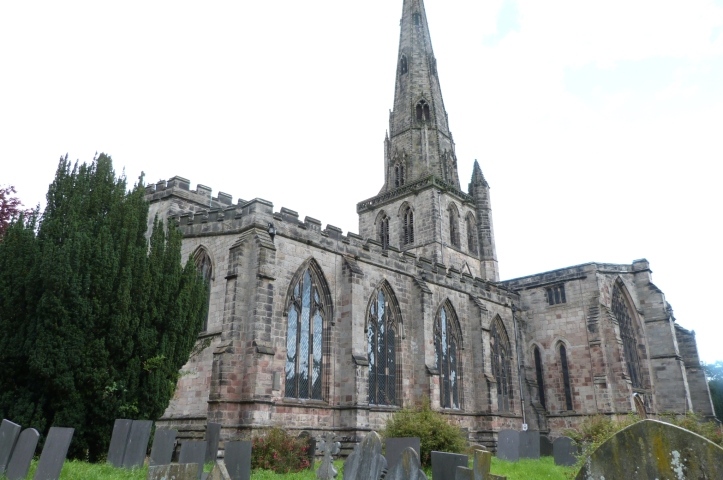
Extremely ambitious church, largely 13thc, with a huge spire, which nevertheless cannot be called commanding since it is kind of lost in its valley, and only occasionally glimpsed on the approach into town. Only downside is the parking situation, which is very restricted on streets and I have never noticed a church car park. The Sainsbury’s is free for two hours (as of 2018) with no purchase required. Park there, its 6 or 7 min walk round the corner and down Church Street: buy a bottle of wine or a toothbrush if you feel guilty when you get back. Market day is Thursday and Saturday: traffic can be bad around these days.
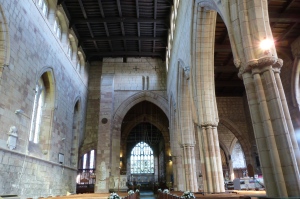
Gigantic chancel, dedicated in 1241 (see the tiny brass inscription in the S transept), followed by two transepts with E arcades (see how the S one has been pushed quite alarmingly by the central tower). Nave with only one arcade, tower showing a buttress where obviously at some point it would’ve been assumed the other one would go.
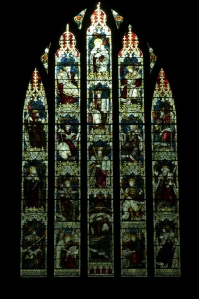 There is some medieval glass, quite easily missed, in the N transept. All the big windows are glazed but by rather generic efforts by the big firms. The Kempe W window for instance.
There is some medieval glass, quite easily missed, in the N transept. All the big windows are glazed but by rather generic efforts by the big firms. The Kempe W window for instance.
Loads of monuments. The N transept is essentially one big sleepover of late medieval and Tudor alabaster couples. Then there’s the famous monument in white marble by Thomas Banks to little girl Penelope Boothby. One could call it neo-classical but I suppose what makes it special is that it’s uncomfortably real, especially next to all these flamboyantly pious medieval nobs.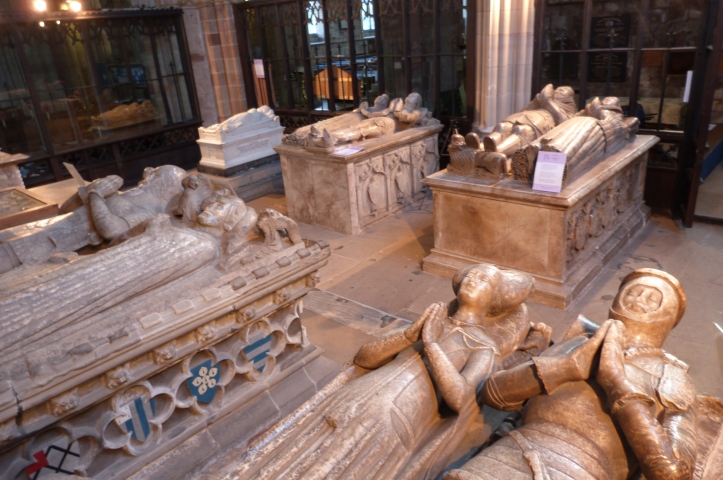
Bakewell, All Saints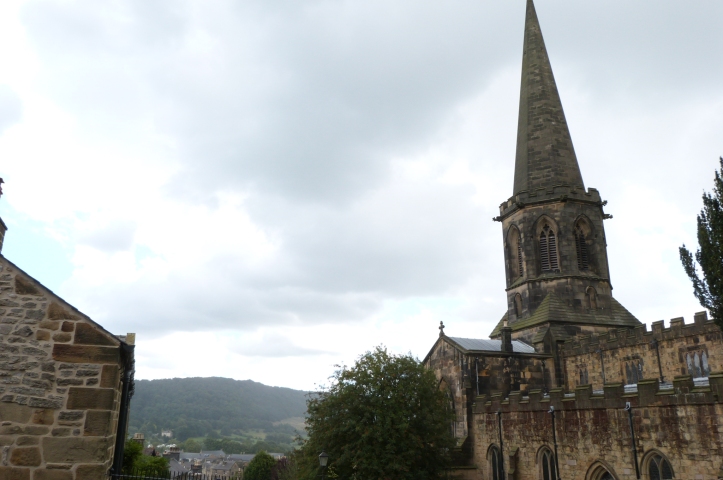
The views from the churchyard are magnificent. Like most active market towns parking not that easy. There are car parks down the hill, but these are intended for the shops, not the church, which is a bit away from the main centre. If you keep driving up past the church the road ceases being residents only and becomes two hours stay: the same on the west side of the churchyard. Market day (Monday) doesn’t alter the restriction here but the traffic in and out of the town can be terrible.
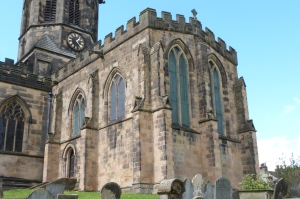
The church is an impressive scale, and initially very ambitious, but a lot of it is completely rebuilt in the mid-19thc, including the steeple and the entirety of the S transept (although apparently in authentic to what was there). Nave interior consequently, is forgettable. The chancel is trying to be flashy, but the twin set of Y-tracery windows on the E front is not the showpiece it wants to be. Amazing it survived being knocked out for a great big Perp window as happened to the no doubt quintuple lancets on the east end of Ashbourne.
The altarpiece, bizarrely called by Pevsner “wood-carving of c.1500, according to Dr Kamphausen probably North German” is by Kuchemann of Battersea, 1882. There’s lots of tombs in the huge S transept, but most notable is this extremely unusual late-14thc alabaster monument from the Foljambe family on the SW pier of the crossing tower, showing them as pious standing figures, a bit like Grand Wood’s American Gothic. Except they have pillows for some reason.
Tideswell, St John the Baptist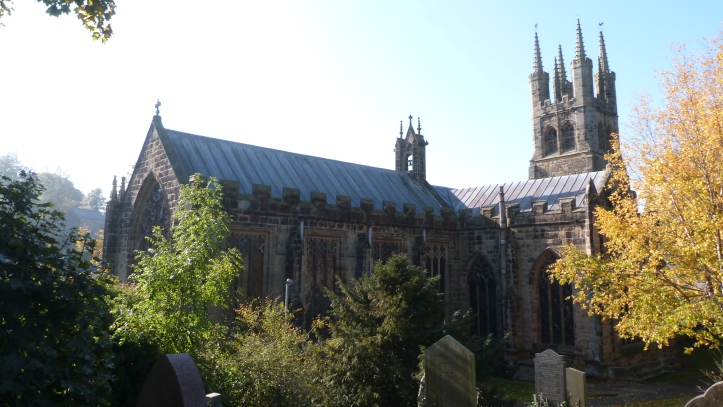
Calls itself “the Cathedral of the Peak” which is a bit silly really. It’s pretty leggy, but all of its architecture is firmly parochial. Very welcoming to tourists. In fact the amount of the “general public” who just wander in out of idle curiosity or for a few moments of peace and quiet is the most cathedral-like thing about it. There is no longer a market in Tideswell so it’s pretty sleepy. No parking restrictions on the roads, you can park outside but it’s often busy with ramblers’ cars.
Most of the building dates from the 14thc. The nave and transepts are all basically one campaign in the 132 and 30s. The chancel was built in the 1360s in the late-Decorated style in the stylistic orbit of Lichfield Cathedral’s presbytery. The chancel has a very rare altar-screen, which, with its giant niches, sedilia and piscina, tomb niches and other gubbins really do hint at the grandeur and sophistication of medieval ritual. Spiffing E window of Jesse Tree by Heaton, Butler and Bayne.
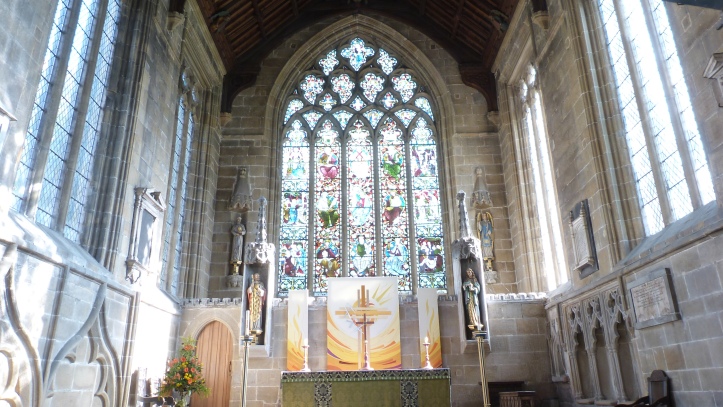
Other churches of interest
Norbury, St Mary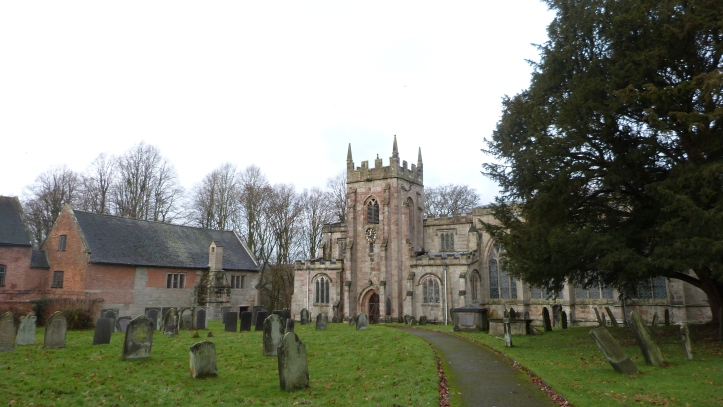
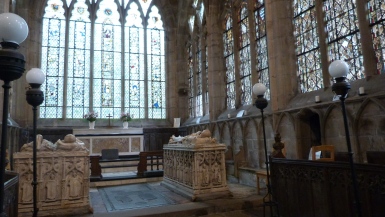 Worth a trip in itself. The chancel contains nearly all of its medieval heraldic glass, which dates it around 1300. Its architecture is also extremely well-connected, showing lots of motifs from the English “Court School” of the 1290s which produced top-whack stuff like the Eleanor Crosses. Look out for the little flowers that “tie” together the tracery.
Worth a trip in itself. The chancel contains nearly all of its medieval heraldic glass, which dates it around 1300. Its architecture is also extremely well-connected, showing lots of motifs from the English “Court School” of the 1290s which produced top-whack stuff like the Eleanor Crosses. Look out for the little flowers that “tie” together the tracery.
Right next to the National Trust property of the manor house, which incidentally has the medieval hall masonry partly surviving which is visible from the churchyard. The turn off from the main road is easy to miss if you’re going the wrong direction.
Mayfield, St John the Baptist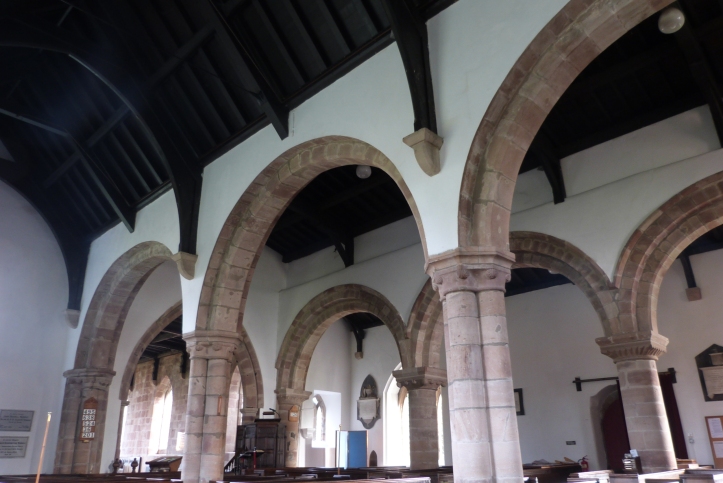
Although north-east of Norbury, in Staffordshire. Certainly one for the pure medieval architecture fans than the general crawler. Whopping chancel, of similar type to Norbury (see also Checkley, towards Cheadle, which despite being in Jenkins is locked with no keyholder) and powerful Romanesque and Early Gothic arcades.
Bradbourne, All Saints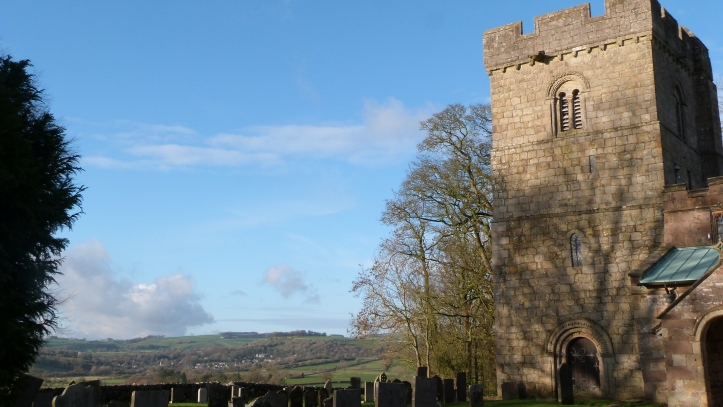
Spectacular setting over a valley, perhaps the reason why such an early fine tower was built: to see from and be seen! The mid 12thc has its own fantastically detailed doorway (unusual) and also some interesting sculpted corbels. There’s not a huge amount to see inside, but it’s still a characterful church. Don’t miss the carved Saxon cross shaft as you come into the churchyard.
Fenny Bentley, St Edward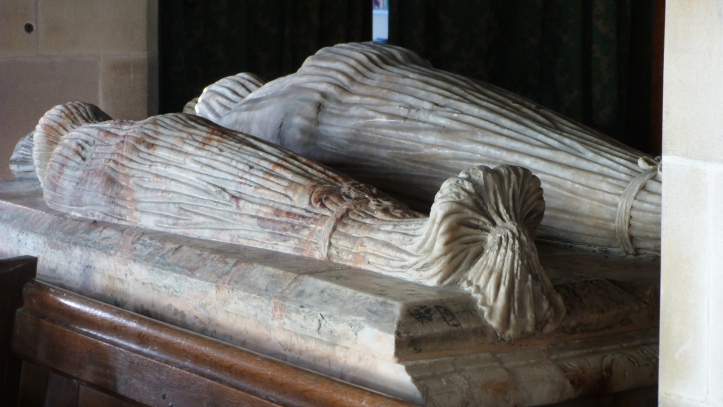
The church is very restored, and the steeple is all brand-new Victorian. But it is nonetheless an essential detour for one unique monument. The two effigies are, in a playfully macabre manner, tied up in funeral shrouds. All of their offspring are shown on the sides in this manner too, like those little sausages of processed smoked cheese. The east end of the tomb identifies them as Thomas Beresford and his wife Agnes, but this may have been added later. Thomas died in 1473, but it’s impossible that the weird effigies could have been made much before the reign of Queen Elizabeth nearly a century later. If this was a retrospective monument set up to honour an ancestor, it would explain why their faces were hidden, while also acting as a memento mori for the current lord Beresford. A moving work of art: you can feel that sculptor really imagined the bulk of a knight in armour and his lady while carving these.
Alstonefield, St Peter
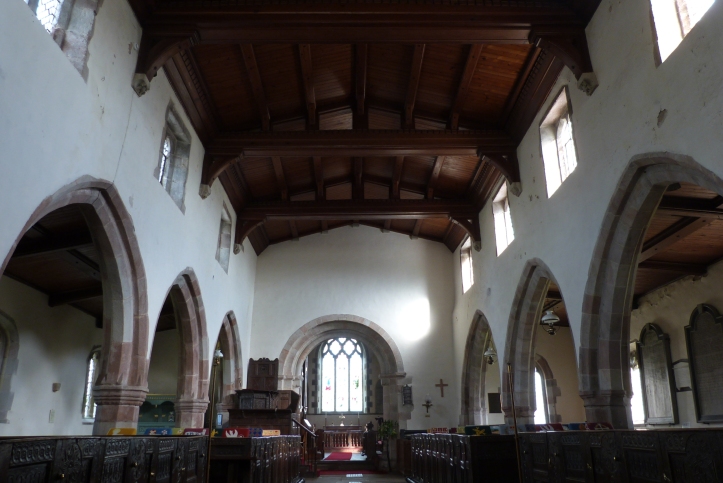 Very isolated church, feels like you’re in the North York Moors. Suitably ancient-feeling interior, with a very wonky end to the south aisle arcade which should amuse. A sheela-na-gig carving in the north aisle to raise a cheeky smile. Popular with walkers so some tea and coffee-making facilities (always nice if you’re parched).
Very isolated church, feels like you’re in the North York Moors. Suitably ancient-feeling interior, with a very wonky end to the south aisle arcade which should amuse. A sheela-na-gig carving in the north aisle to raise a cheeky smile. Popular with walkers so some tea and coffee-making facilities (always nice if you’re parched).
Hartington, St Giles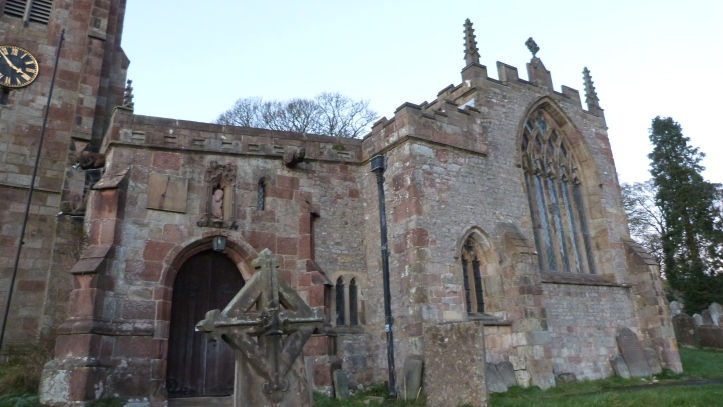
Like much of this area, tremendous hill-side village. Extremely swanky Perp tower. Interesting how the church has been expanded – transepts with western aisles bolted onto the 13thc arcades, and then the S porch makes a single roofline with the S transept.
Youlgreave, All Saints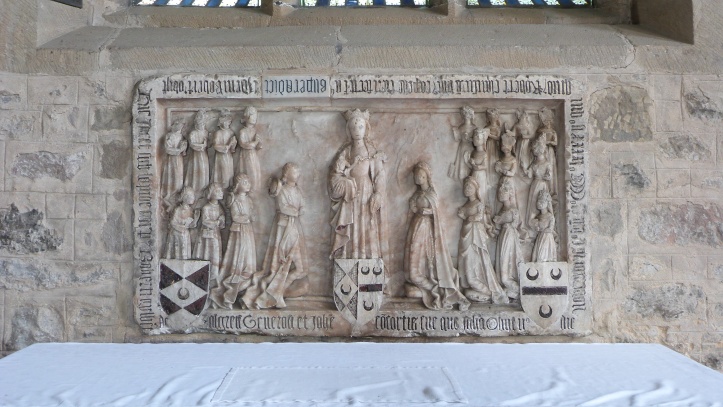
Strange name. I’m never sure whether to pronounce the ‘E’ in the middle (the road signs say “Youlgrave”). The church has some excellent stone sculpture. Aside from the famous pilgrim figure embedded in the wall, there are the lively arcade capitals of around 1200, a most unusual font with a side basin, and the exceptionally-good alabaster memorial to Robert Glybert of 1492. He and his wife kneel with their issue in front of the Virgin. Christ has lost his head, otherwise it’s in incredible condition. Morris and Co. glass to Burne-Jones design in the Victorian chancel, well-executed.
Monyash, St John the Baptist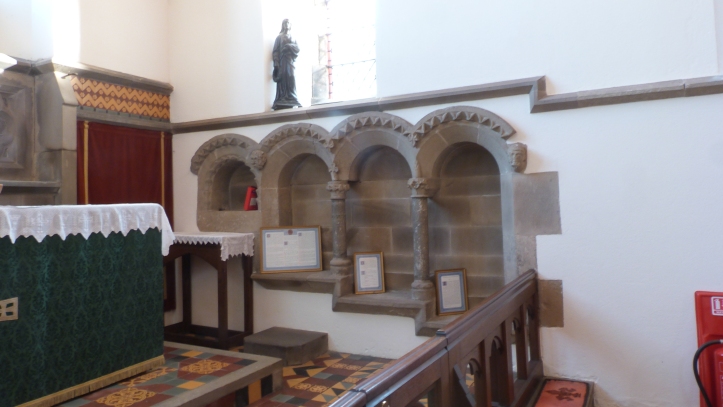
Pretty steeple, but the most interesting thing here is the chancel, which is, what we pedants call early Early English (so just after late Early Gothic). The sedilia were often dated as some as the earliest examples because of their round arches, and their dogtooth monument being mistaken on photographs as chevron. Dogtooth is really not a big thing till the 1230s so they’re not exceptional at all, but still nice examples of 13th-century sedilia.
Chelmorton, St John the Baptist
Like a lot of churches in the ups and downs of Derbyshire’s Peaks, characterfully on a slope. It’s nice how you can easily get above the church on the north side and look down. It has something quite exceptional inside – the base of a medieval stone rood screen.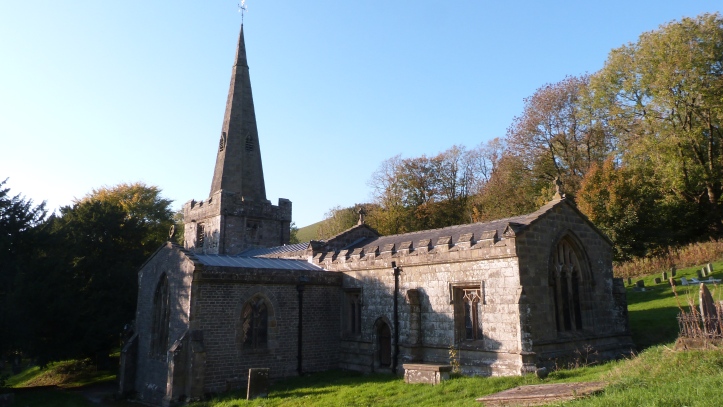
Longstone, St Giles
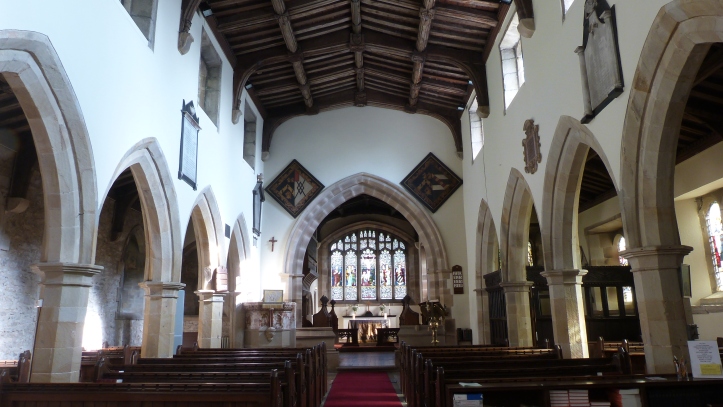 Now this is not a church I’d usually expect to like so much. On a little road up and away from the village’s main road, the church looks like it’s been rebuilt to within an inch of its life, and nothing much convinces as being medieval. Yet clearly the effort was put into to stabilise the roofs, which are simple but beautiful from the inside.
Now this is not a church I’d usually expect to like so much. On a little road up and away from the village’s main road, the church looks like it’s been rebuilt to within an inch of its life, and nothing much convinces as being medieval. Yet clearly the effort was put into to stabilise the roofs, which are simple but beautiful from the inside.
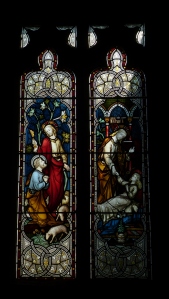 You know when Pevsner calls a Victorian window “good” that actually he was really quite impressed, such a rare occurrence it is. Still, he’s right on the E window, which is likely by Heaton, Butler and Bayne. All of the windows are characterful work by good firms though, like this Hardman.
You know when Pevsner calls a Victorian window “good” that actually he was really quite impressed, such a rare occurrence it is. Still, he’s right on the E window, which is likely by Heaton, Butler and Bayne. All of the windows are characterful work by good firms though, like this Hardman.
The last thing I have to note about this church is that the guestbook goes back to 1975, which is exceptionally old, and I suppose shows you how often people visit here. There’s still plenty of room left (it is quite thick, though), so go visit though. Then maybe they can get a new one without the awkward “where baptised” for us Virtuous Pagans…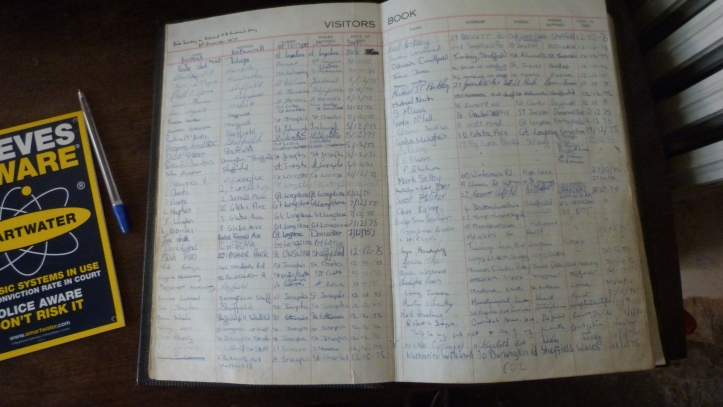
END! Let me know in the comments where you might go further off the beaten track. I have plenty more Derbyshire to come: I’ve not forgotten Melbourne, Repton, Chesterfield or Dronfield!
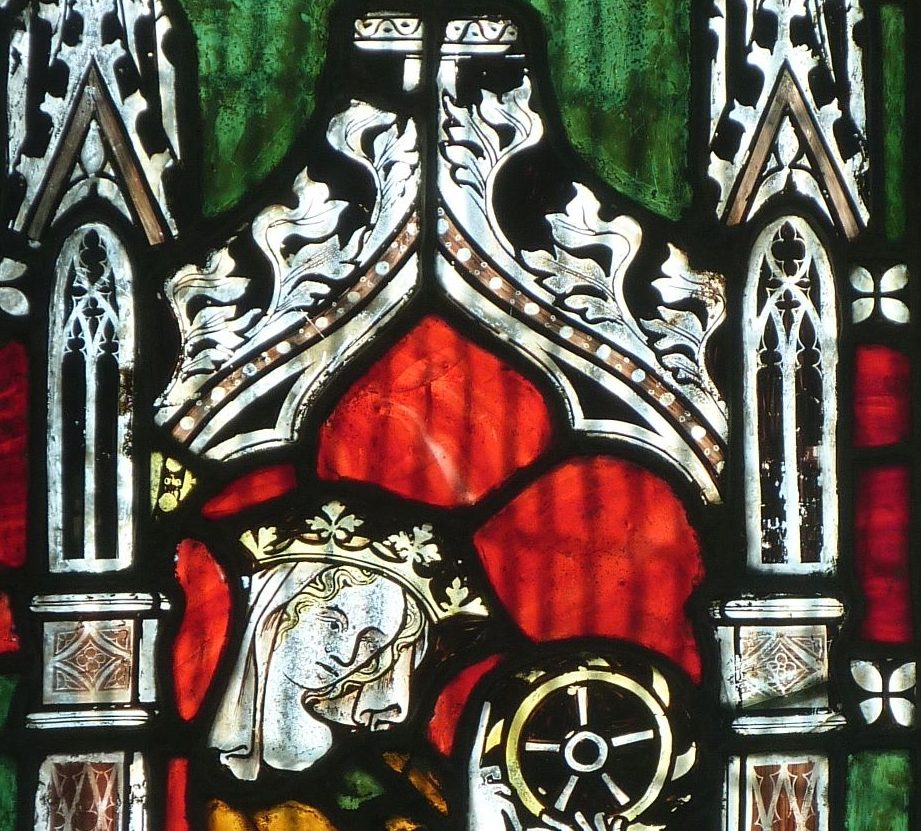
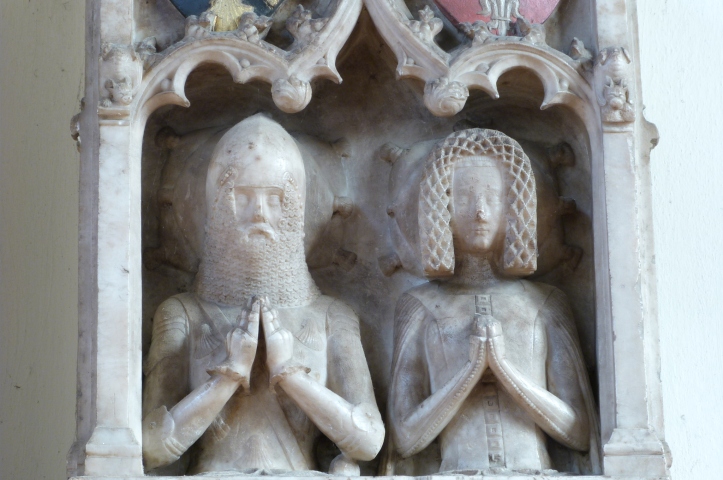
Originating from Surrey, I find Derbyshire to be church crawling heaven by comparison. It is also much better than the neighbouring counties for open churches. Ashbourne does have a car park which is to the south of the building, next to the church hall. Go down the road that runs parallel to the east end (2 hour parking along here from memory) and turn right once you have passed the hall and go through the gate.